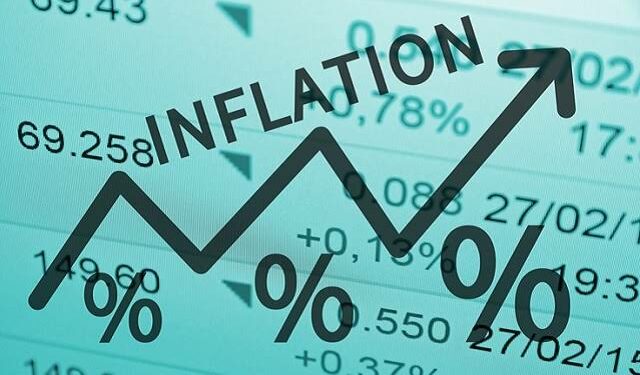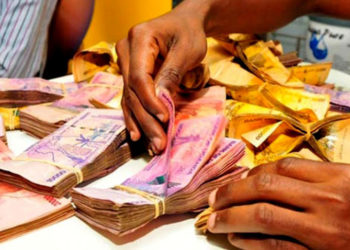In a nuanced twist of economic fate, the relentless surge in prices of annual food crops has emerged as a pivotal force in tempering Uganda’s inflationary momentum over the past twelve months, as revealed in the latest report from the Uganda Bureau of Statistics (UBOS).
According to the freshly released Consumer Price Index (CPI) report by UBOS, Uganda’s annual inflation ascended at a moderated pace of 3.2 percent, marking a marginal deceleration from the 3.3 percent recorded in the preceding year ending March 2024.
The report elucidates that while a majority of product categories experienced incremental price hikes, the segment of annual food crops and its derivatives bucked the trend, witnessing a notable 2.9 percent decrease—a stark departure from the minus 0.4 percent noted in the analogous period for the year preceding March 2024.
“This notable reversal was primarily fueled by a downturn in prices of essential staples,” excerpts from the report revealed. Notable among these were cooking bananas, which plummeted by minus 11.7 percent, juxtaposed against the 8.2 percent surge in March 2024.
Additionally, dry beans saw a notable drop of minus 8.5 percent, contrasting with the 3.4 percent increase in March 2024, while sweet potatoes recorded a substantial decline of minus 19.9 percent, down from minus 12.0 percent the previous year.
However, the report underscores that the principal impetus behind the marginal inflationary uptick stemmed from the category of “other goods,” which witnessed a 2.0 percent increase compared to 1.6 percent in March.
A closer examination reveals significant inflation rates for select items within this category. Notably, silverfish, colloquially known as Mukene, surged by 28.8 percent, far outstripping the 6.9 percent registered in March, while fresh Tilapia fish recorded a robust 15.6 percent increase, compared to 5.8 percent in the previous year.
Further insights from the report shed light on the inflation dynamics within the domain of annual services, which saw a tempered increase of 5.4 percent—down by one percentage point from the preceding month.
Notable contributors to this subdued pace were domestic flight fares, soaring by 14.5 percent compared to 5.5 percent in March, and hotel and lodging services, which surged by 7.6 percent vis-à-vis the 1.9 percent in March.
Moreover, the report delves into the realm of energy, fuel, and utility inflation, revealing a mere 0.3 point increase to 7.9 percent. This meager uptick was primarily attributed to escalating electricity charges, which surged by 1.4 percent, up from minus 1.0 percent in May.
Similarly, petrol prices witnessed a 6.9 percent hike, while charcoal prices experienced an 18.8 percent surge, compared to 17.7 percent in March.
In essence, the intricate dance of inflationary forces in Uganda’s economic landscape underscores the profound influence wielded by the dynamics of food prices, serving as both a harbinger of stability and a testament to the delicate equilibrium that defines the nation’s fiscal trajectory.
Do you have a story in your community or an opinion to share with us: Email us at editorial@watchdoguganda.com












